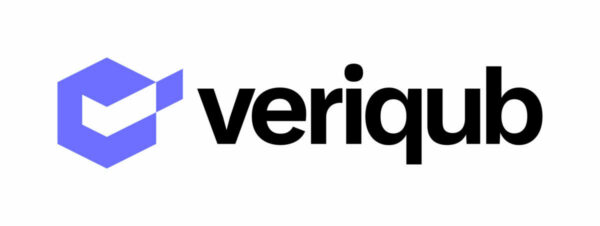📢 Behind the scenes #8 with Mattia Walschaers from the CNRS / Sorbonne University team!
🧢 Mattia, what is your role in the Veriqub project? And what are you currently working on?
Within Veriqub, I focus on the theoretical aspects of the optical platform. Collaborating with our team, we identify new physical properties essential for achieving a quantum computational advantage using light, and we develop techniques to generate and detect these properties. For instance, we have dedicated significant effort to understanding non-Gaussian entanglement. We work closely together with the other theory partners in the consortium, but as a member of the SU team, I also interact a lot with our experimentalists to translate our theoretical concepts into practical implementations on the optical bench.
On the management side, I am also a member of the executive committee of the project, where we follow and coordinate the overall progress of project.
👨🎓 What is your background?
During my master’s, I initially focused on mathematical physics and quantum statistical mechanics. However, I found these areas somewhat abstract for my taste. Consequently, during my PhD, I shifted my focus to theory problems that were more closely related to experiments. I ultimately identified boson sampling as a topic where I could combine my expertise in systems of identical particles and random matrix theory. In my PhD dissertation, I developed statistical methods to benchmark boson sampling experiments. This is when I developed an interest in quantum computing with bosons and recognized the key importance of verification in quantum technologies. Towards the end of my PhD, I began collaborating regularly with experimentalists to implement these statistical benchmarks. In short, this was the moment I decided to work at the interface between experimental quantum optics and bosonic quantum technologies.
My specific interest in continuous variables developed during my visit to Nicolas Treps and Valentina Parigi in Paris. In 2016, I decided to join their experimental group as a postdoc. At that time, the group was focused on the generation of multimode non-Gaussian states, and we realized there was a significant lack of good theoretical tools and understanding for studying such states. During this period, we managed to establish a strong synergy between theory and experiments, which ultimately led me to apply for a permanent position in the group as a CNRS researcher. Since 2019, I have been building up a theoretical activity in the group, focusing on the physics behind photonic quantum technologies. Combining advanced mathematical and computational methods with key experimental insights has become our specialty. Considering all of this, I believe VeriQuB feels like the perfect project to match our philosophy.
💥 What are the aspects you’re most excited about Veriqub?
I find the project very exciting overall, and I greatly enjoy collaborating with the other theoreticians. Nevertheless, there is a personal highlight for me: as someone who spends a lot of time surrounded by quantum optics experiments, I find it particularly thrilling to interact with the superconducting platform at Chalmers. The physics describing our systems is quite similar, but the experimental tools available in circuit QED are very different. This interplay is very inspiring to me, as it makes me consider how we could apply some of our theoretical results to the superconducting setting and how we might translate some of their experimental capabilities to the optical platform.
Beyond these personal points, I am also a firm believer that verification and benchmarking are among the most important and underestimated tasks in this early stage of developing quantum technologies. Therefore, I am extremely pleased to be able to contribute to a project that focuses on this topic.
📝 What is the one thing that you need in your daily work routine?
Two things come to mind: good coffee and long discussions in front of a whiteboard. Ideally, both at the same time. I believe that most progress in research is made when different people are brainstorming ideas together. With students, postdocs, and collaborators, we often experience very strong constructive interference during these moments.
Another thing I desperately need is time to just sit and think about a problem. However, as we all know, time is a rare commodity in today’s world.
🚶♂️Is there any activity that helps you release stress after a hard week at work?
I spend most of my free time with my family, especially with my children. Here in Paris, we are fortunate to have a wide range of cultural activities designed for parents with young children, from special museum tours to baby concerts. It’s a perfect way to unwind and take a break from thinking about physics during the weekend.



